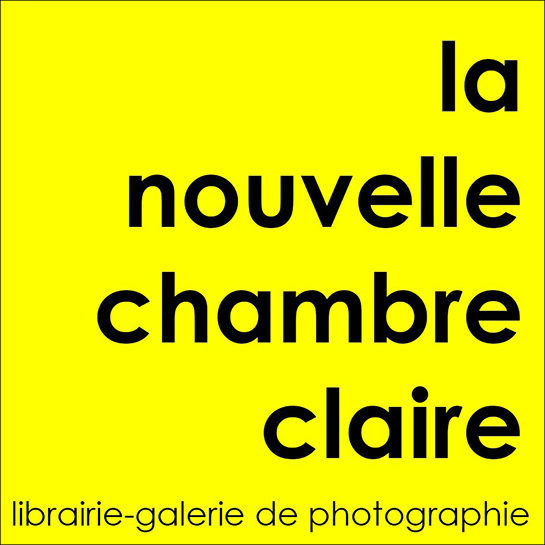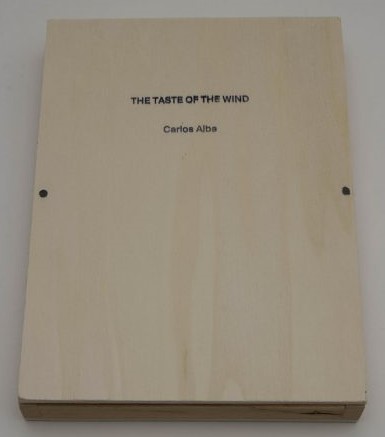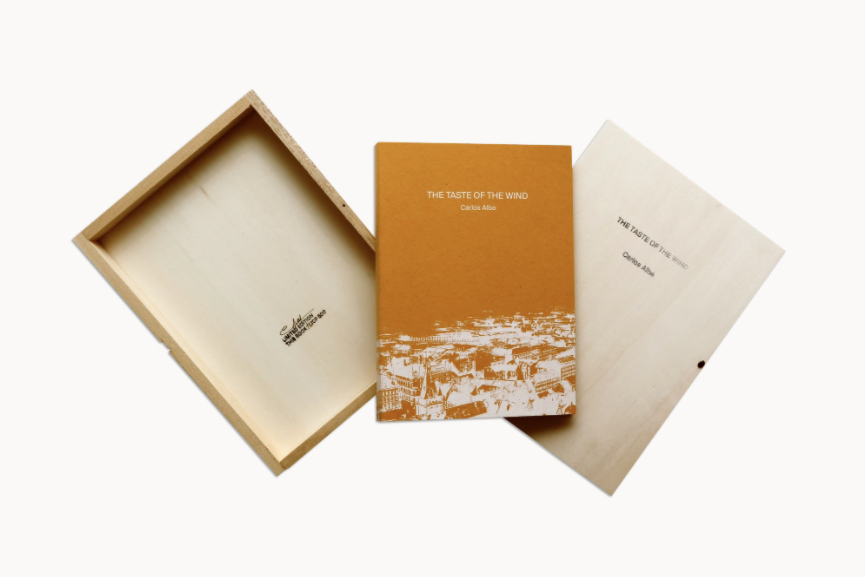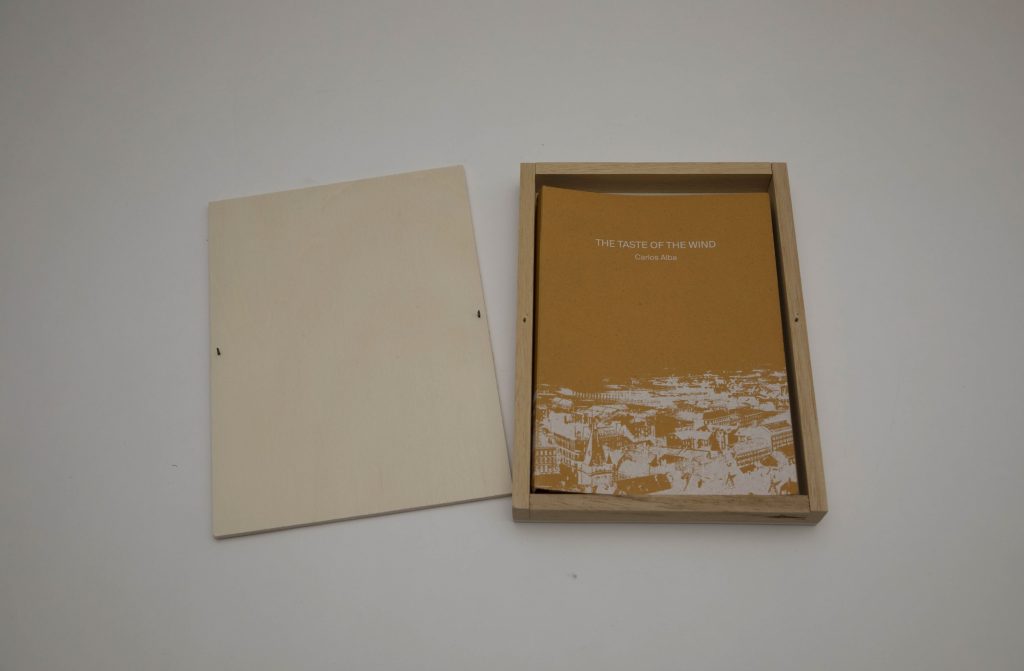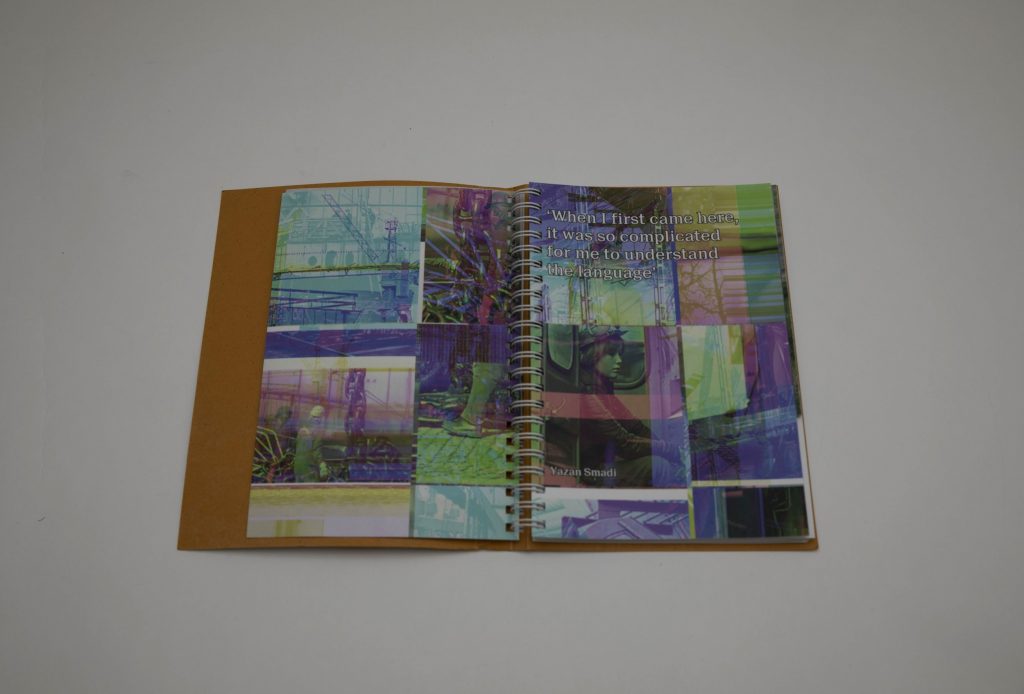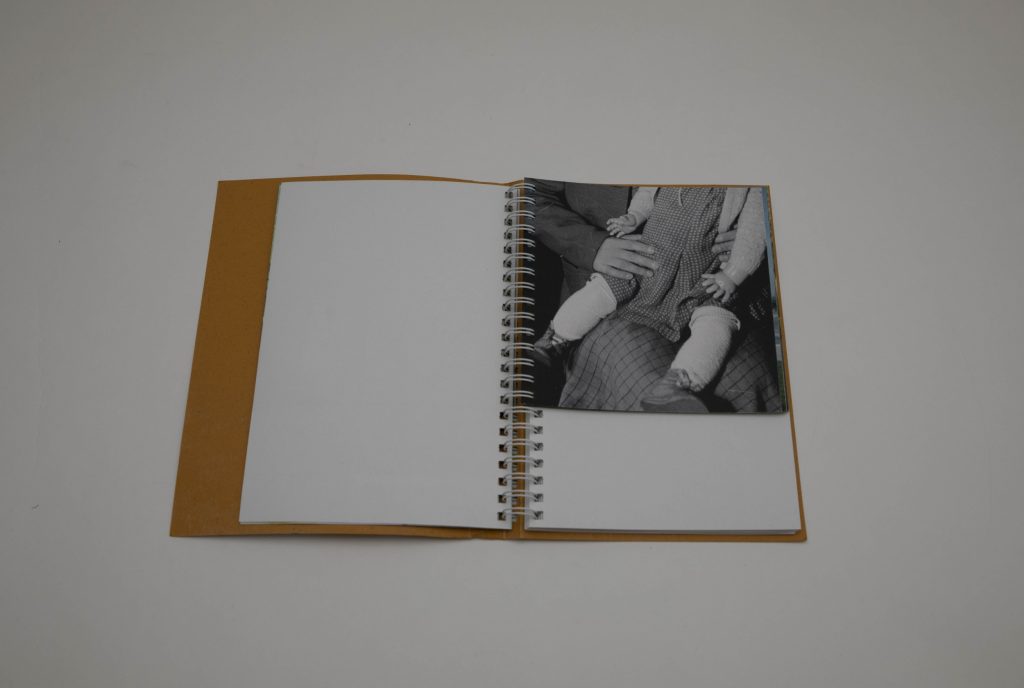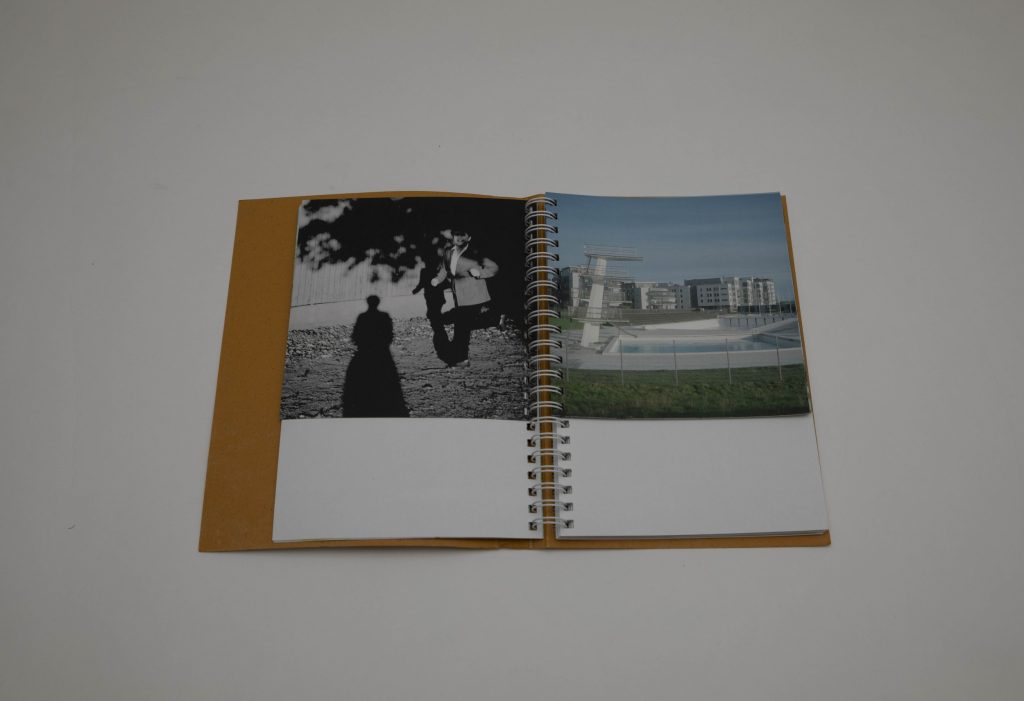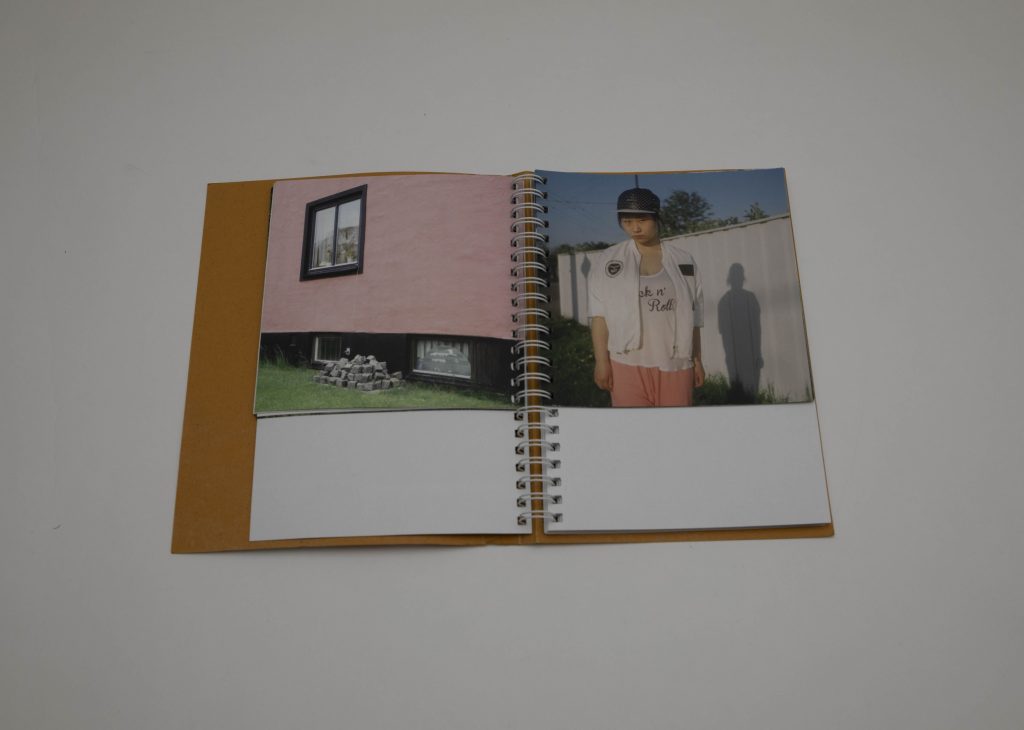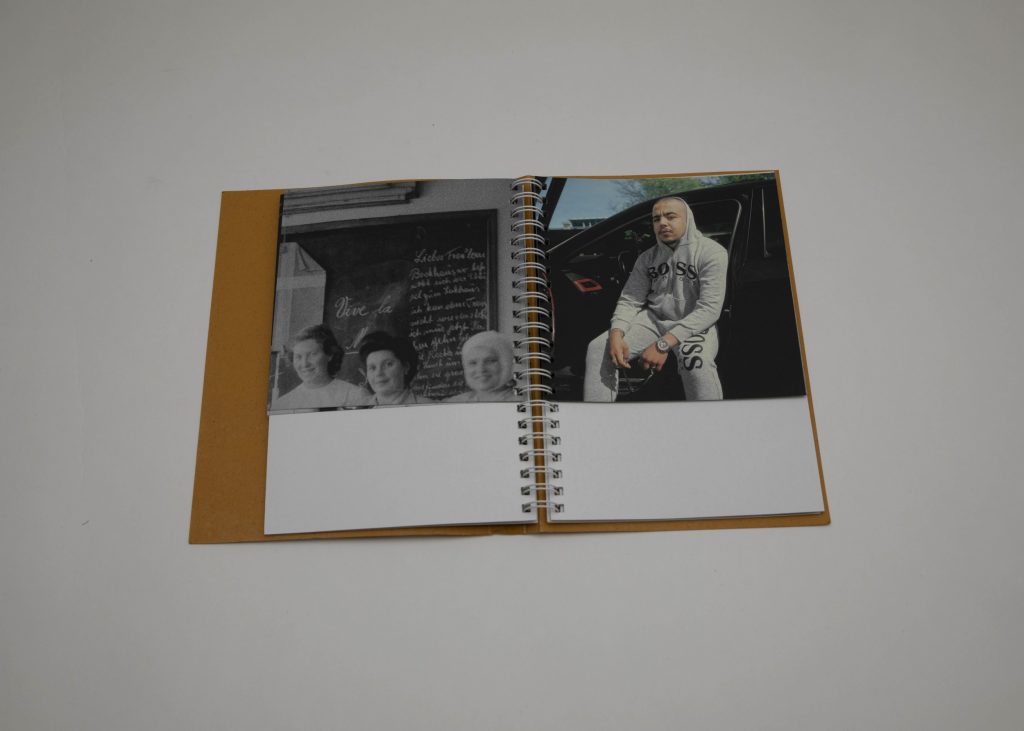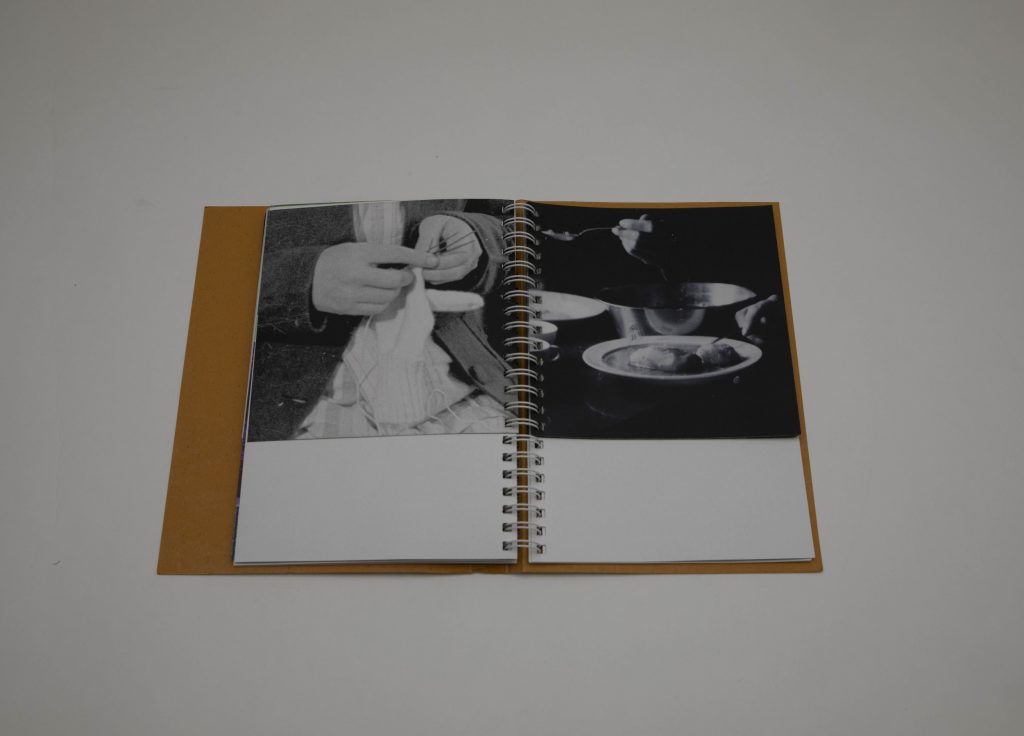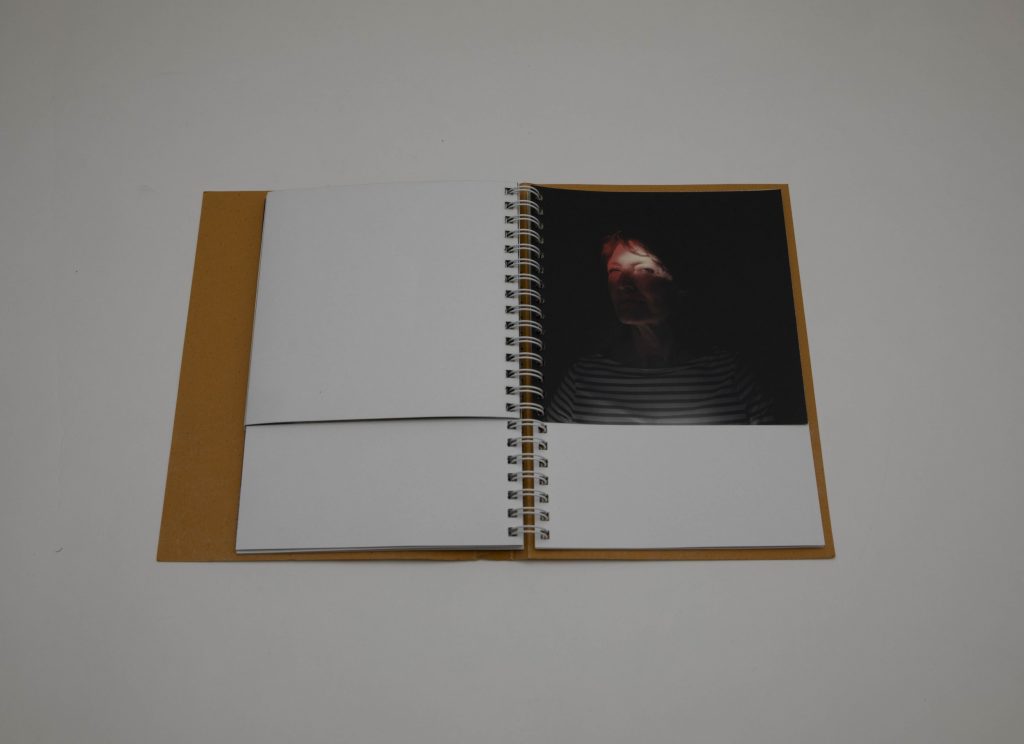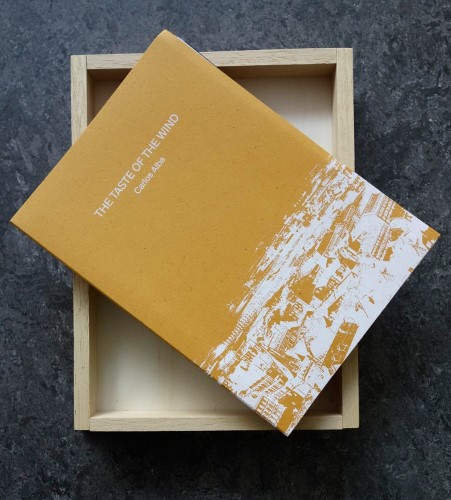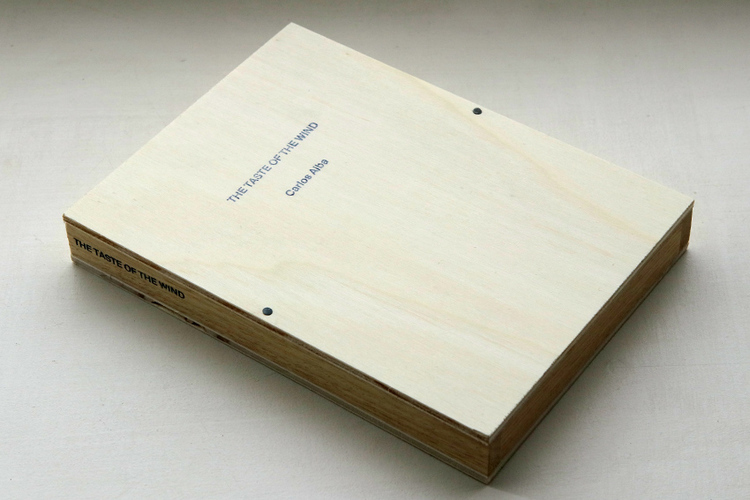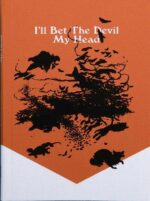1ère édition Signée & Numérotée sur 500 exemplaires.
1st edition Signed & Numbered on 500 copies.
Livre d’artiste Broché inclus dans une boîte en bois.
Softcover Artist Book includes in a handmade wooden box.
Book (13 cm x 19 cm), Hand made wooden (17 cm x 23 cm)
Carlos Alba a travaillé sur le projet lors de sa résidence à Landskrona Foto en 2017. D’une manière similaire à son œuvre précédente, il a passé du temps à se promener, à rencontrer des gens et à prendre des photos, ainsi qu’à rechercher et à collectionner des documents d’archives. Dans l’essai qui accompagne le livre, Alba note qu’il « voulait rechercher différents points de vue et rassembler des documents qui m’ont aidé à étudier et à évaluer la société complexe de Landskrona et sa situation politique ». L’œuvre combine les photographies d’Alba, des interviews tirées de ses rencontres quotidiennes et des documents d’archives du musée Landskrona.
En faisant des recherches dans la collection de photographies du musée, Alba a découvert une archive qui comprenait des photos de personnes qui étaient probablement les premiers réfugiés à s’installer dans la région. Landskrona a accueilli de nombreux réfugiés après la Seconde Guerre mondiale et a également accueilli des immigrants du Chili et des Balkans. Alba dit qu’une sélection d’archives photographiques peut soutenir notre mémoire, nous donner plus d’informations sur notre passé et nous empêcher d’oublier. Et il combine judicieusement ces documents d’archives avec des photographies de la ville d’aujourd’hui pour refléter visuellement la façon dont la communauté change.
Le livre s’ouvre sur une photographie historique en noir et blanc représentant un coin de rue de Landskrona. Il est suivi d’un jumelage étalé de deux autres images historiques : une photo de groupe de jeunes femmes (travaillant ou assistant à des cours ensemble) et un portrait d’un homme noir avec une cigarette, offrant des contrastes de temps et de race. Alba définit ensuite le contexte historique avant de passer aux clichés actuels d’un navire traversant l’eau, suivis de portraits de personnes et de leur environnement. La perspective se déplace d’avant en arrière entre les images d’archives en noir et blanc et les photos contemporaines des résidents et des environs de la ville. Alba a également agrandi certaines des photos d’archives – un vase avec des fleurs à côté d’un tableau noir dans une salle de classe, un enfant tenant une poupée, des mains tricotant, une assiette avec de la nourriture, des enfants jouant – nous invitant à examiner de plus près les documents du passé.
Les portraits d’Alba des habitants de Landskrona sont généralement pris à l’extérieur : un portrait de rêve d’une jeune femme nous regardant, un garçon dont le visage est masqué par une clôture et l’ombre d’un poteau de métal, deux filles partageant un vélo, un couple plus âgé, un gars dans une voiture noire portant un sweat à capuche Hugo Boss. Un certain nombre de citations placées tout au long du livre ajoutent un élément personnel à la narration visuelle. « Nous avons déménagé à Landskrona il y a trois ans après la guerre en Syrie, où nous avons perdu nos familles. Nous nous sommes rencontrés au cours de suédois et nous nous sommes mariés l’année dernière », lit l’un d’entre eux.
En plus des portraits de ses rencontres quotidiennes, les images d’Alba sont remplies des observations quotidiennes d’un étranger curieux : un cygne cachant sa tête, une piscine extérieure dans un quartier résidentiel, un tas de briques à côté d’une maison, une grille d’égout entourée d’herbe verte, et des fleurs tombées des arbres. En créant son flux visuel hybride, Alba a cherché des liens dans la société d’aujourd’hui et a ajouté des photographies d’archives traçant des liens entre le passé et le présent.
Alba décrit ce projet comme « un hommage aux personnes qui recherchent toujours la liberté. Ils ne savent pas s’ils le trouveront, mais ils peuvent au moins profiter du vent. » Alors que l’Europe change, Alba espère que le processus offrira également une occasion aux individus de croître et de prospérer, malgré la montée du populisme de droite, du racisme et de la xénophobie. Un endroit plus local comme Landskrona est en constante évolution, et comme l’histoire le montre, c’est finalement à nous, en tant qu’individus et communautés, comment nous allons le façonner.
Alba worked on the project during his residency at Landskrona Foto in 2017. In a similar manner to his previous body of work, he spent time walking around, meeting people, and taking photographs, as well as researching and collecting archival documents. In the essay accompanying the book, Alba notes that he “wanted to seek different views and gather documents that helped me study and assess the complex society of Landskrona and its political situation.” The body of work combines Alba’s photographs, interviews drawn from his daily encounters, and archival materials from the Landskrona Museum.
While researching the photography collection of the museum, Alba discovered an archive that included photos of people who were likely the first refugees to settle in the area. Landskrona received many refugees after the Second World War, and also became the home to immigrants from Chile and the Balkans. Alba says that “a selection from a photographic archive can support our memory, giving us more information about our past and keeping us from forgetting,” and he thoughtfully combines these archival materials with photographs of the city today to visually reflect how the community is changing.
The book opens with a historical black and white photograph depicting a street corner of Landskrona. It is followed by a spread pairing another two historical images: a group photo of young women (perhaps working or attending classes together) and a portrait of a black man with a cigarette, offering contrasts of time and race. Alba further sets the historical context before moving to current shots of a ship crossing the water, followed by portraits of people and their surroundings. The perspective shifts back and forth between archival black and white images and contemporary photos of residents and the surroundings of the town. Alba has also enlarged some of the archival photos – a vase with flowers next to a chalkboard in a classroom, a child holding a doll, hands knitting, a plate with food, children playing – inviting us to examine the records of the past more closely.
Alba’s portraits of Landskrona’s residents are generally taken outside: a dreamy portrait of a young woman looking back at us, a boy whose face is obscured by a fence and the shadow from a metal pole, two girls sharing a bike, an older couple, a guy in a black car wearing a Hugo Boss hoodie. A number of quotes placed throughout the book add a personal element to the visual narrative. “We moved to Landskrona 3 years ago from Syria’s war where we lost our families. We met at the Swedish language course and we got married last year,” reads one of them.
In addition to the portraits from his daily encounters, Alba’s images are filled with the everyday observations of a curious outsider: a swan hiding its head, an outdoor swimming pool in a residential area, a pile of bricks next to a house, a sewer grate surrounded by green grass, and flowers fallen from the trees. In creating his hybrid visual flow, Alba looked for connections in the society today, and added archival photographs tracing connections between the past and the present.
Alba describes this project as “a tribute to the people who are always looking for freedom. They don’t know if they will find it, but at least they can enjoy tasting the wind.” As Europe changes, Alba hopes that the process will also offer an opportunity for individuals to grow and prosper, despite the rise of right-wing populism, racism, and xenophobia. A more local place like Landskrona is constantly evolving too, and as history shows, it is ultimately up to us, as individuals and communities, how we will shape it.
